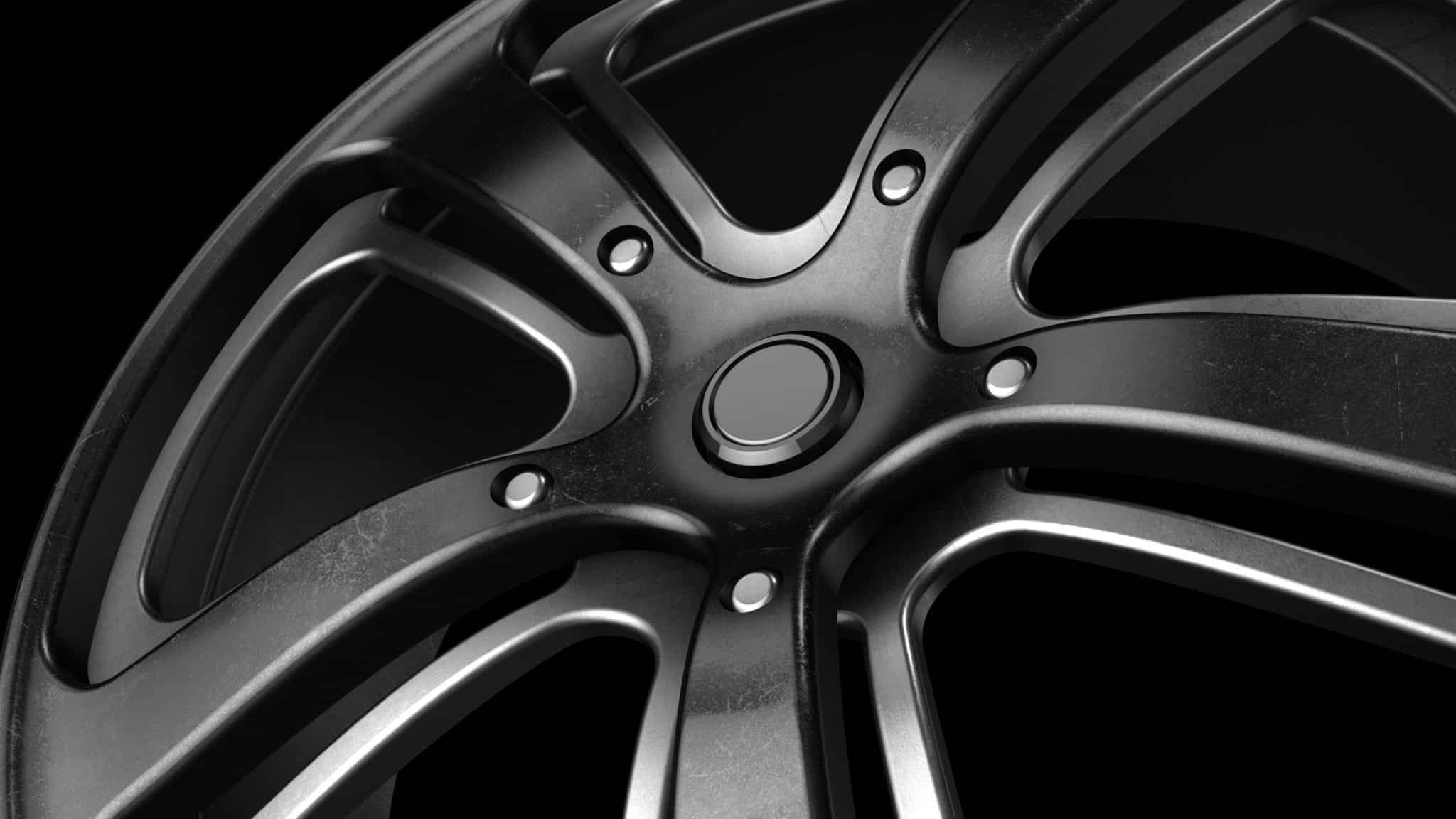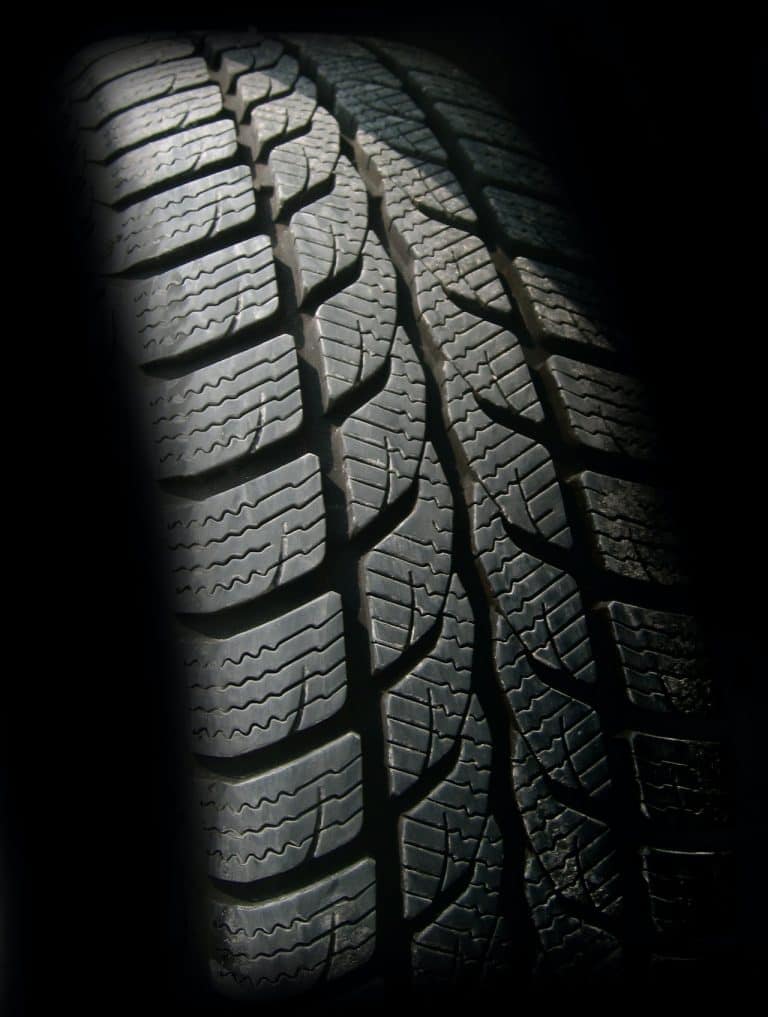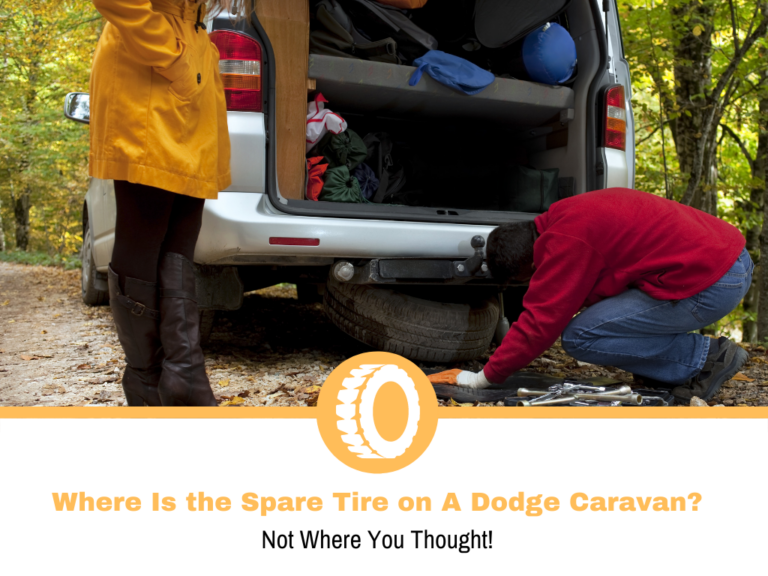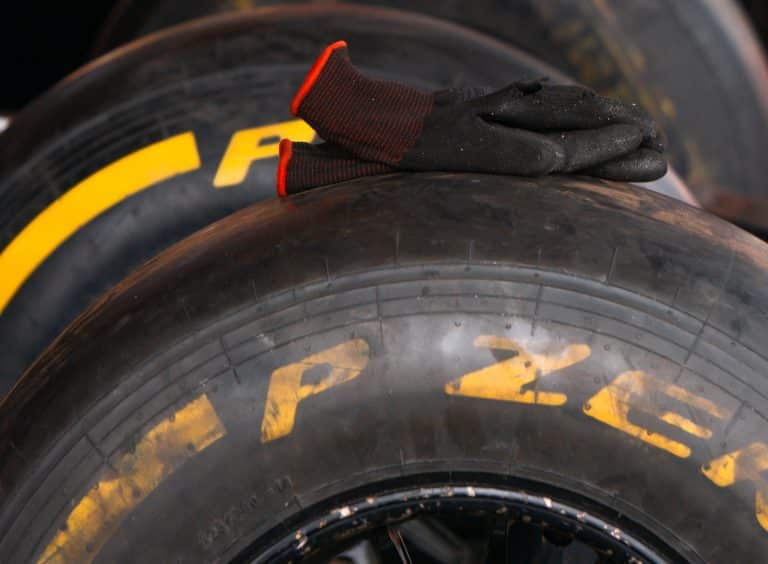Different Wheel Diameters and Their Properties
As enthusiasts, our goal is to make certain modifications to our cars to improve them, at least in our opinion. Depending on the person you talk to, some may be more into power and handling, while others may be more into esthetics.
One of the most common upgrades we do to our cars is the wheels. It’s not the cheapest option, but it’s the simplest as long as you know what you’re doing. The best thing about wheels is that they can improve the look of the car, but they can also bring some improvements. With that said, they can also make some things worse.
This brings me to today’s topic. A while ago, I spoke about changing tire and wheel sizes, but today I’ll be focusing more on the wheels. I’ll talk about how different sizes matter and what you’ll get out of that.
Before I begin, I need to make something clear. I’m not going to talk about making upgrades to sizes. Instead, I’ll focus on different wheel diameters on the same car without changing the total diameter of the tire and rim. To give you a better representation, I’ll use my IS250, as this model comes with 3 different wheel sizes, so it’s a good way to explain how things work.
How does Wheel Size affect Tire Size?
From the factory, the car comes with a square and staggered setup, depending on the wheel size. For the sake of this example, I’m going to use the front wheels. The sizes in question are 205/55ZR16, 225/45ZR17, and 225/40ZR18. If you’ve read my tire size guide, you should know what the dimensions mean.
All 3 have similar total diameters, with minor variances that are within the accepted tolerances by manufacturers. The 16-inch model has the smallest wheel, but it also has the largest sidewall of the bunch. For the 17-inch, the wheel is increased, so to compensate for that, the sidewall is smaller. With the 18-inch model, the sidewall is even smaller because the wheel is 2 inches larger than the smallest wheel.
In terms of sidewall size, we’re looking at 4.4, 4, and 3.5 inches for each of the 3 wheel sizes. As you increase an inch in wheel diameter, you’ll need to reduce the sidewall to compensate and keep the total diameter in the same ballpark.
The important thing to note here is that as much as you want to get it right, you won’t. Even from the factory, there are some variances in terms of total diameter, which manufacturers consider acceptable. There will be a minor difference in the speedometer, but it’s negligible.
Smaller Wheels
Going for smaller wheels means that you’ll need tires with a bigger sidewall. As a result, you’re looking at certain characteristics you’ll get with that setup.
A bigger sidewall usually means a more comfortable ride. The main reason for this is because the more rubber you’ll get, the more flex the sidewall will have. This usually translates into a tire’s ability to soften bumps and absorb vibrations.
The softer ride quality also means that you won’t get as much vibrations into the cabin. Even with larger potholes, the flex alone will absorb most of the initial jolt and you won’t notice it as much in the cabin.
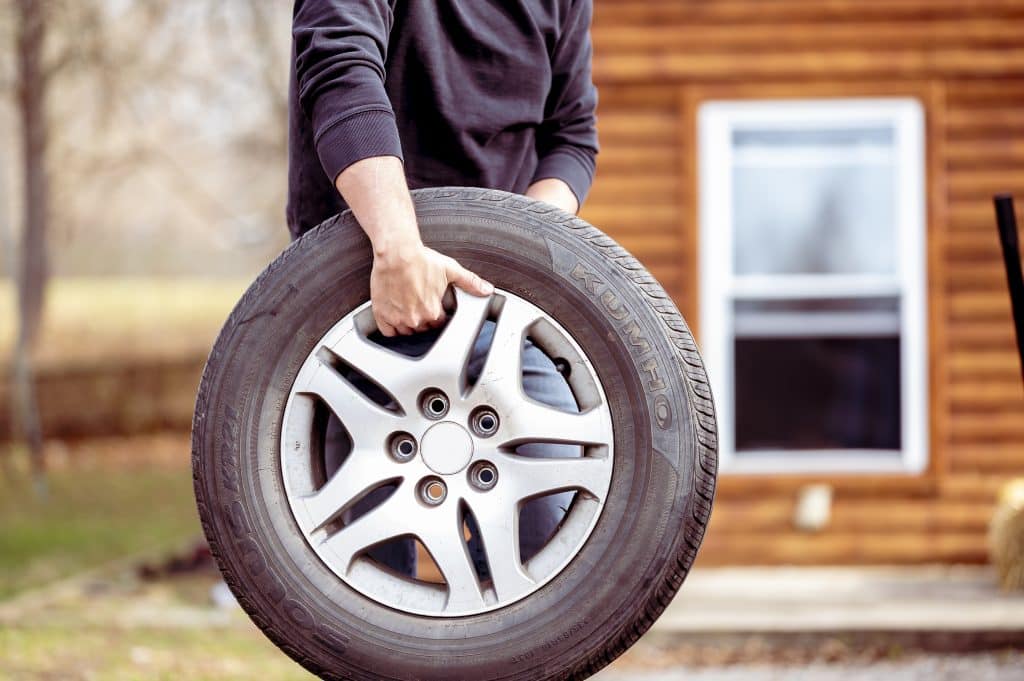
Speaking of potholes, we consider them to be an enemy of our tires, as hitting a larger one can lead to damage. With smaller wheels and a bigger sidewall, you reduce the chances of damage because there’s more flex, so there’s some breathing room here.
This all sounds excellent, but it doesn’t come without a drawback. A bigger sidewall means more flex, which offers a comfortable ride, but it also reduces the responsiveness. My IS250 isn’t the most dynamically inclined sedan you’ll find, but with the 16-inch wheels, it’s too soft for my liking. It’s not as dynamic as it is with the larger wheels.
It’s not all negative, because the main thing people like about smaller wheels is the price. Sure, we don’t change the wheels too often, but tires in smaller dimensions are cheaper, so it won’t cost you too much in the long run.
Larger Wheels
If you want to go for larger wheels, it means that you’ll need to reduce the sidewall. That can have some good sides and some negative sides, so let’s see what you’re getting.
The main thing most people would be into is the handling. Having a smaller sidewall means that you’ll get less flex, and we all know what that means for handling. More responsive input and overall shaper handling are what we enthusiasts like, so that’s what we should get from this kind of setup.
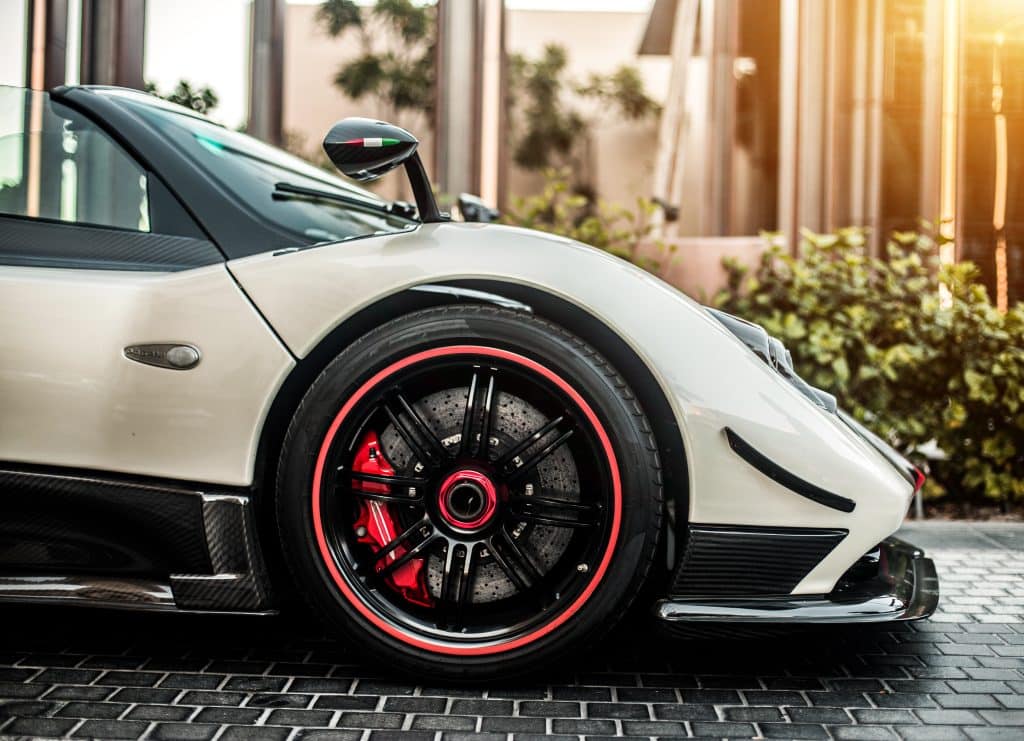
I can stand behind all of this and be happy with it, as long as I’m prepared to accept some compromises. This applies to any enthusiast that’s after a tire that handles dynamically.
The first disadvantage is the refinement. Having a smaller sidewall means you won’t get as much flex, so in terms of comfort, you won’t get as much. In simpler terms, the ride will be stiffer, as the tire won’t be able to absorb as many of the bumps and imperfections.
Price can be a deciding factor for some people. Larger wheels are more expensive, which also means that the tires will be costly. In the long run, it’s not the most budget-friendly option. With this, you should also keep in mind that the number of models can become a limiting factor. Manufacturers cover the larger sides well, but on the upper end of the scale, things aren’t too flexible.
How to choose the right wheel size for you
When choosing the right size, there are several factors you should consider. Keep in mind that we’re talking about sizes that the car manufacturer used. If you want to upgrade to larger sizes, check out my guide to understand how to do it properly.
The first thing you’ll need to decide is what you expect to get. If you want a new set of wheels just for the aesthetic, without changing how the car drives and feels, stick to the size you already have. My IS250 runs on 17-inch wheels so it balances comfort and handling characteristics decently well.
On the other hand, some people want something more dynamic. In this case, a larger wheel will help a bit. Don’t expect wonders here as you may need to upgrade a lot more things than just the wheels. With that said, you will notice a slight difference just by going for larger wheels.
People who want more comfort can step down the wheel size. Decreasing the diameter of the rim means that the tire’s sidewall will need to be larger, which can offer a softer ride.
The most important thing here is to be mindful of the car you have. In most cases, car manufacturers consider this, which is why you won’t see a lot of minivans with 19 or 20-inch wheels. It’s all within the parameters, so making these minor changes won’t ruin how the car drives. With that said, your driving style will affect your decision.
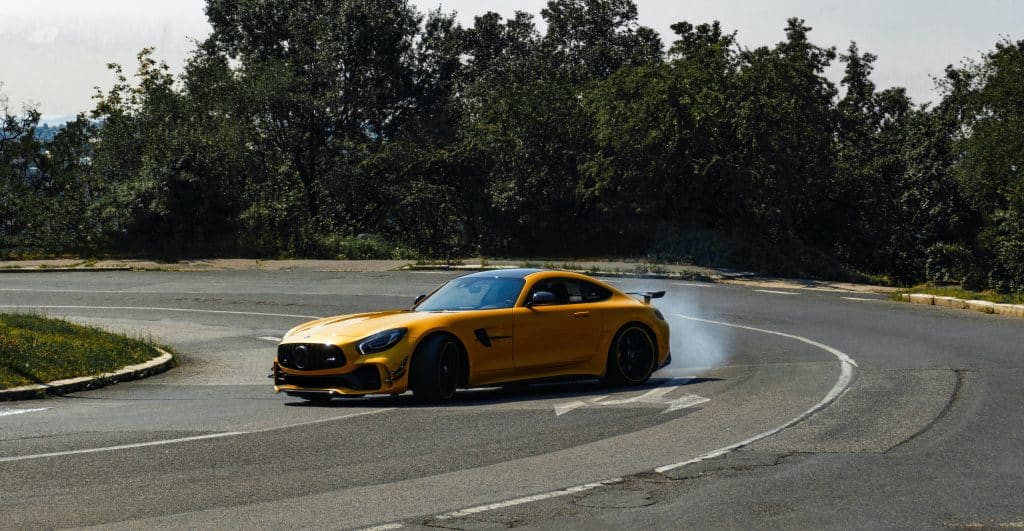
Even smaller hatchbacks these days have a whiff of sportiness, offering acceptably dynamic characteristics. You can get a bit more out of them with larger wheels if you’re prepared to live with the slightly firmer ride.
On the other hand, we have vehicles like sporty coupes, where a larger wheel is a must. Not only does it look good, but these kinds of vehicles are also designed with sportiness in mind, so I cannot think of too many reasons you’d want comfort over handling. If that’s the case, then you should aim for a sedan. To be fair, you rarely see coupes with smaller wheels, so the manufacturer already has this in mind.
A few disclaimers
As straightforward as everything sounds, things aren’t this simple. Yes, a smaller wheel means a more comfortable ride, and a larger one means better responsiveness. With that said, other aspects can affect the characteristics that aren’t related to the side of the wheels.
The first is the type of tire. Touring tires are oriented towards refinement, while UHP are for performance. There are situations where a touring tire with a smaller sidewall won’t give as much sportiness as a UHP tire with a bigger sidewall. It’s the same thing on the opposite side of the spectrum. A larger sidewall on a UHP tire doesn’t mean it will be more comfortable than a touring tire with a thinner sidewall.
When comparing comfort and handling characteristics, it’s important to look at the same tire model, but with different sizes. Only then will we notice the difference the sidewall makes, as opposed to all the other aspects.
The second disclaimer is the setup. My IS250 is a sporty sedan, which leans more toward refinement. It’s decently sporty in terms of handling, and a set of bigger wheels will help me get a bit more. As good as that sounds, it won’t magically transform the car. For that, I’d need to make a lot more modifications, and a common option for this platform is lower control arm bushings. I could also go for a sporty set of coilovers and a few other things.
I’m not saying that there won’t be any difference if I put 18-inch wheels, but it won’t be as pronounced as some people think.
Conclusion
The size of the wheel is something that can change how your car drives to a certain point. As a general rule, cars with larger wheels have smaller sidewalls, so they’re more towards better handling. Smaller wheels come with bigger sidewalls, so that’s aimed toward comfort.
Apart from the comfort or handling, you should also consider the cost of this. Smaller wheels are cheaper and so are the tires, but they don’t look as good. With the larger wheels, you’re getting a cool look, but at a cost.
We consider this as a general rule, but we also keep in mind that there are other aspects. As far as choosing the best setup, it’s up to you. If you stick to the factory sizes, you won’t have fitment issues. The only thing you’ll need to decide is what is more important to you.
